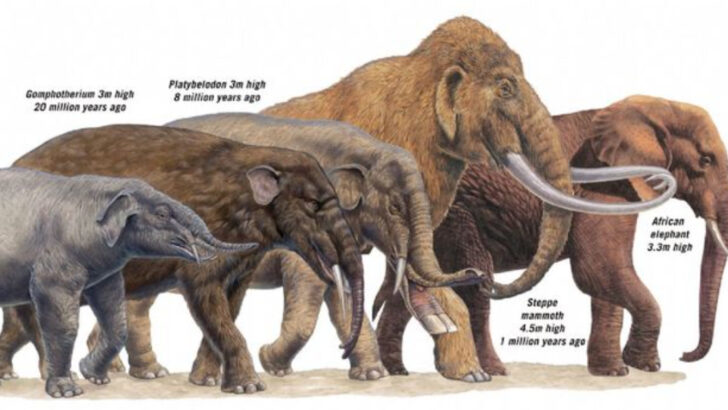Some animals didn’t just grow up—they blew up. Over millions of years, nature has taken creatures the size of housecats and turned them into giants. Others did the reverse, shrinking from towering beasts to palm-sized curiosities. And the reasons? Stranger than fiction. We’re talking about whales that started on land, hippos with pig-sized ancestors, and birds that once ruled the skies like feathered tanks. Here are 14 species that didn’t stay the size nature first made them—because when evolution goes wild, tiny can become titanic. Or the other way around.
Giraffe
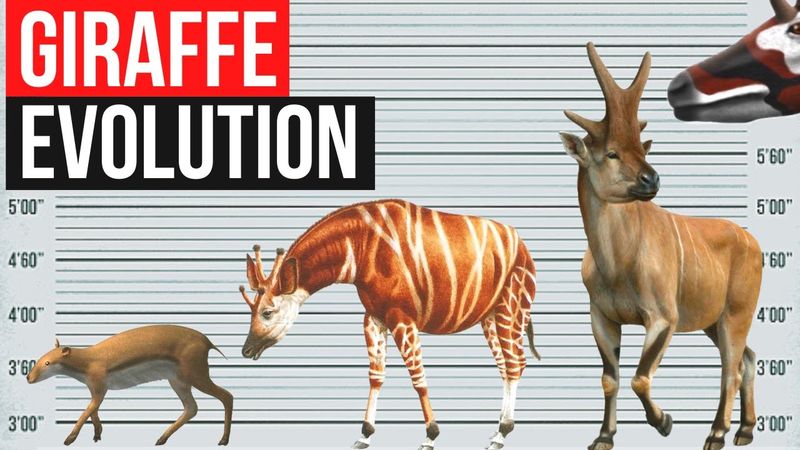
With necks that stretch towards the sky, giraffes are nature’s skyscrapers. Originating from smaller ancestors, these gentle giants evolved to reach leaves in tall trees. Their elongated necks are not just for foraging but also play a role in social interactions and mating rituals.
Interestingly, the giraffe’s height is a result of evolutionary pressures favoring those who could access higher foliage. This adaptation provides a unique survival advantage in the sparse landscapes of Africa.
Today, giraffes remain one of the tallest land animals, symbolizing nature’s ingenuity in overcoming environmental challenges.
Blue Whale
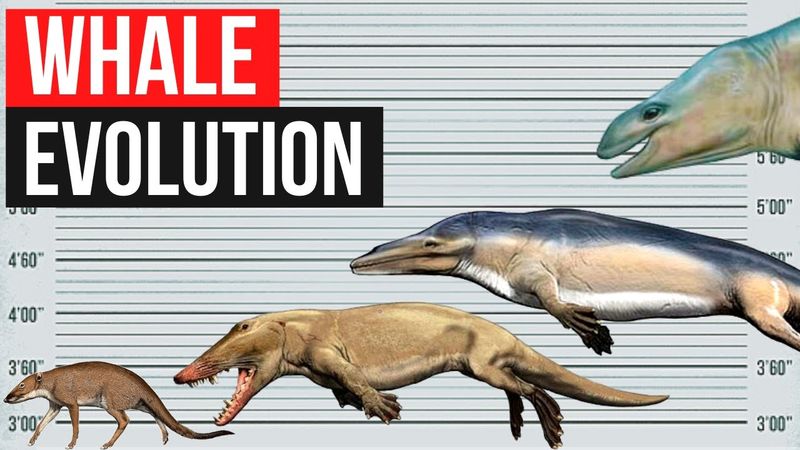
The blue whale, Earth’s largest creature, was not always a colossal giant. Millions of years ago, ancestral whales were terrestrial, smaller, and more reminiscent of land mammals.
As they transitioned to aquatic life, their bodies adapted to the vastness of the ocean, growing to unparalleled sizes. This dramatic change allowed them to cover great distances in search of krill, supporting their immense dietary needs.
Today, the blue whale stands as a testament to the power of evolutionary adaptation, with its size unmatched by any other creature in the ocean or on land.
Elephant
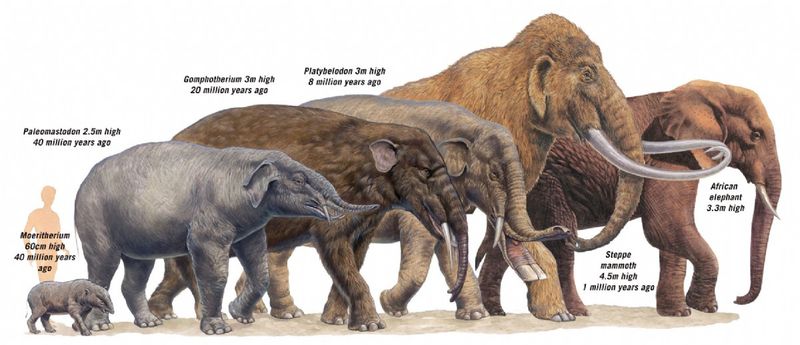
Elephants, the giants of the land, began as small, pig-sized creatures known as Moeritherium. Over millions of years, they evolved into the majestic animals we know today.
This size increase provided them with advantages such as increased strength and the ability to travel long distances. Their large ears help in regulating body temperature, a key feature for survival in hot climates.
With complex social structures and impressive intelligence, elephants are not only known for their size but also for their emotional depth and intricate family dynamics.
Hummingbird
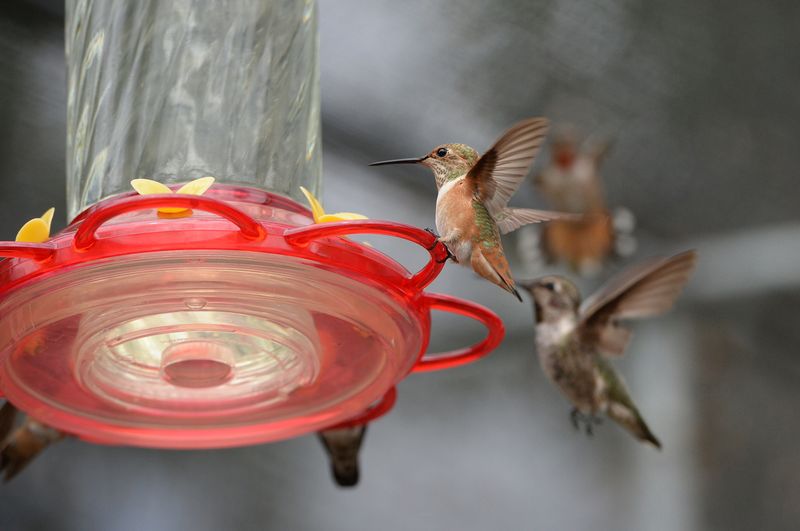
Hummingbirds are renowned for their diminutive size and agile flight. However, their ancestors were much larger, resembling today’s swifts and swallows.
Through evolutionary pressures, they adapted to specialize in nectar feeding, developing smaller bodies and rapid wing beats to hover efficiently.
This transformation allowed them to exploit new ecological niches, leading to an incredible diversity of species. Today, hummingbirds are celebrated for their exquisite beauty and remarkable flying abilities.
Komodo Dragon
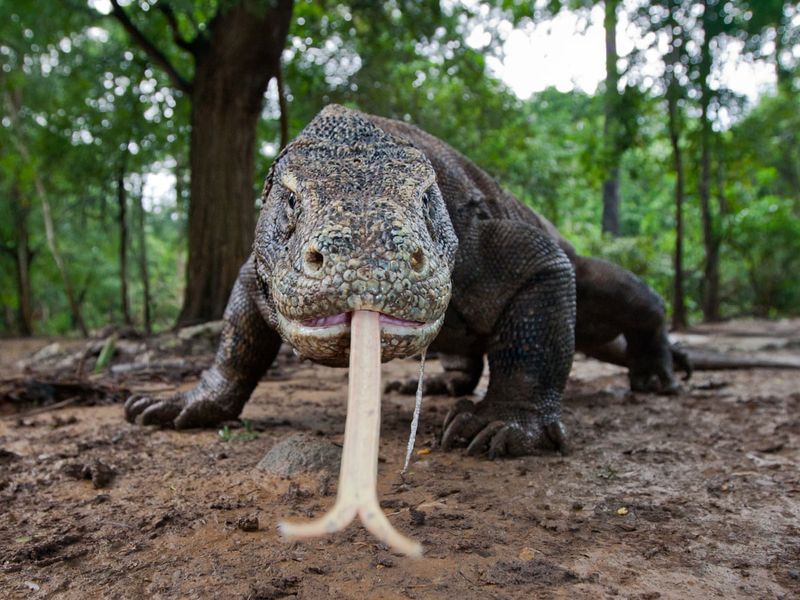
The Komodo dragon, known for its impressive size and predatory skills, evolved from smaller lizards native to Indonesia. Over time, they grew larger, becoming apex predators on their islands.
Their size is a result of insular gigantism, where isolation and lack of competition allow certain species to grow larger. This adaptation made the Komodo dragon an efficient hunter, capable of taking down large prey with ease.
Today, they remain one of the world’s largest lizards, embodying the raw power of evolutionary change.
Woolly Mammoth
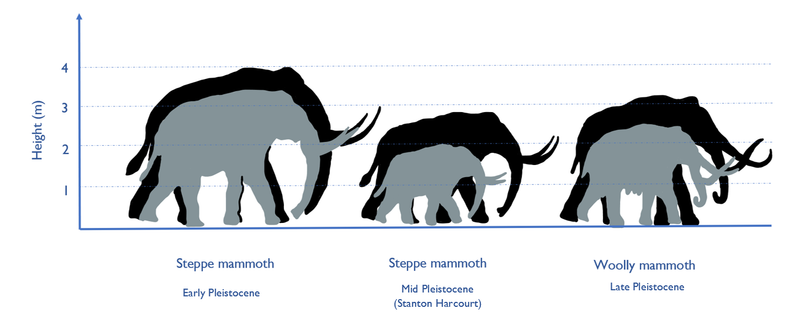
Woolly mammoths, famous for their size and fur, evolved from smaller ancestors during the harsh conditions of the Ice Age. As temperatures dropped, they developed thick coats and large bodies to conserve heat.
These adaptations enabled them to thrive in freezing environments, roaming vast distances in search of food. Their massive tusks were used for foraging and defense.
Though extinct today, woolly mammoths remain a symbol of survival and adaptation in one of Earth’s most challenging climates.
Galápagos Tortoise
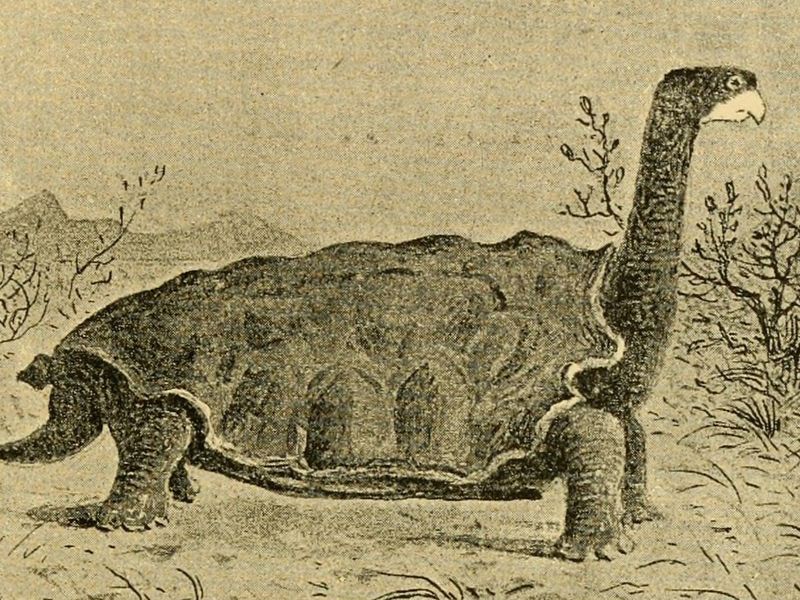
The Galápagos tortoise, a true icon of evolutionary change, started as smaller reptiles. Over time, they became giants, adapting to the unique environment of the Galápagos Islands.
Their size aids in storing water and energy, crucial for survival in arid conditions. These tortoises have long lifespans, often living over a century, allowing them to adapt and thrive.
Their evolutionary journey is closely linked to the isolation of island life, showcasing how species can dramatically change size to suit their surroundings.
Great White Shark
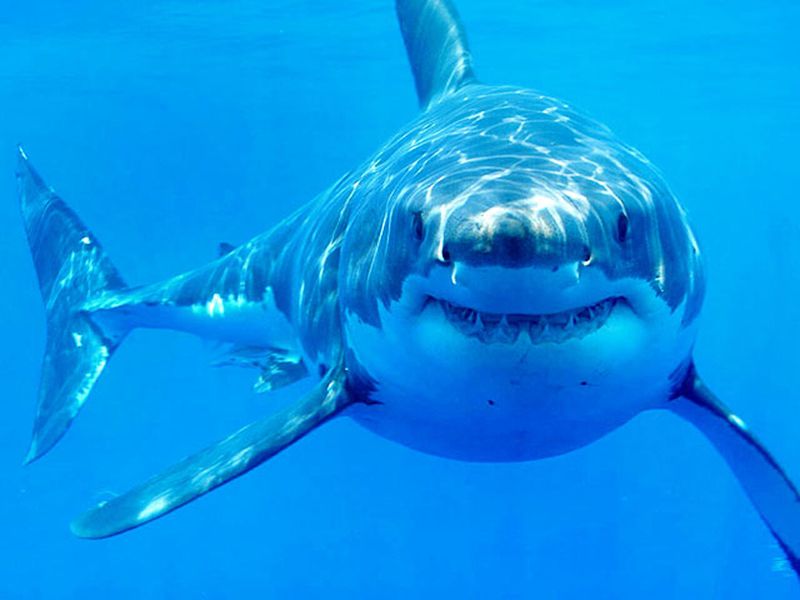
The great white shark, an oceanic predator, evolved from smaller, less formidable ancestors. Over millions of years, they grew in size, adapting to become efficient hunters.
Their powerful bodies and keen senses make them apex predators, capable of taking down large marine mammals. This evolutionary path has made them one of the most feared creatures in the ocean.
Today, great white sharks are symbols of the mysterious and powerful nature of the sea, embodying strength and adaptation.
Penguin
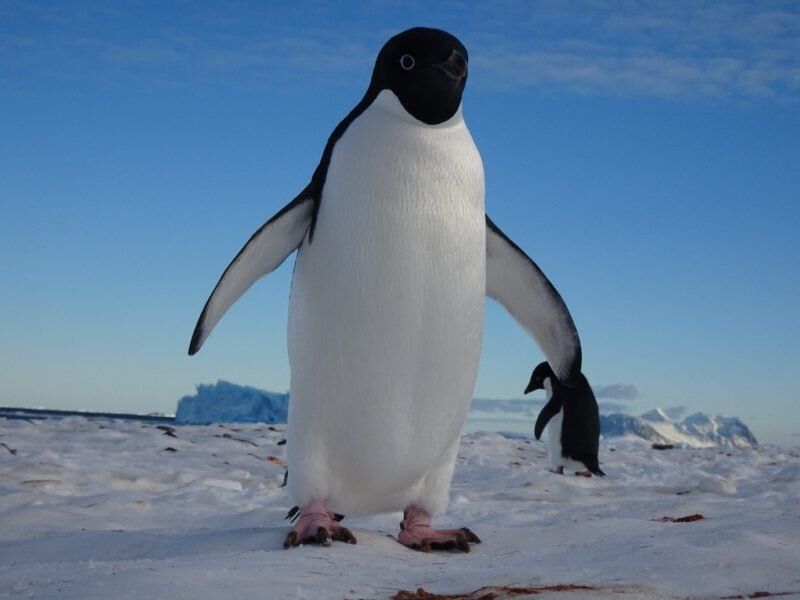
Penguins, with their iconic waddling gait, evolved from flying birds. As they adapted to aquatic life, their wings transformed into flippers, and their bodies grew larger.
These changes made them exceptional swimmers, capable of navigating the frigid waters of the Southern Hemisphere. Their size increase provided better insulation against harsh climates.
Today, penguins are beloved for their unique adaptations and are a testament to nature’s ability to transform species in response to environmental demands.
Bison
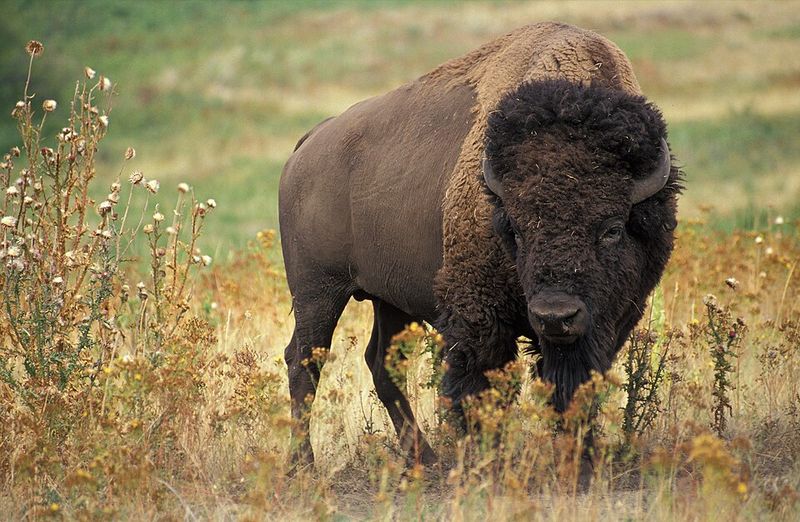
Bison, iconic symbols of the American plains, evolved from smaller ancestors that once roamed the ancient grasslands. As they adapted to open environments, they grew larger.
Their size offers protection against predators and resilience to harsh weather. Bison’s evolutionary journey is tied to the expansive landscapes they inhabit, where large size equates to survival.
Today, bison are revered for their strength and endurance, playing a critical role in the ecosystems they occupy.
Aldabra Giant Tortoise
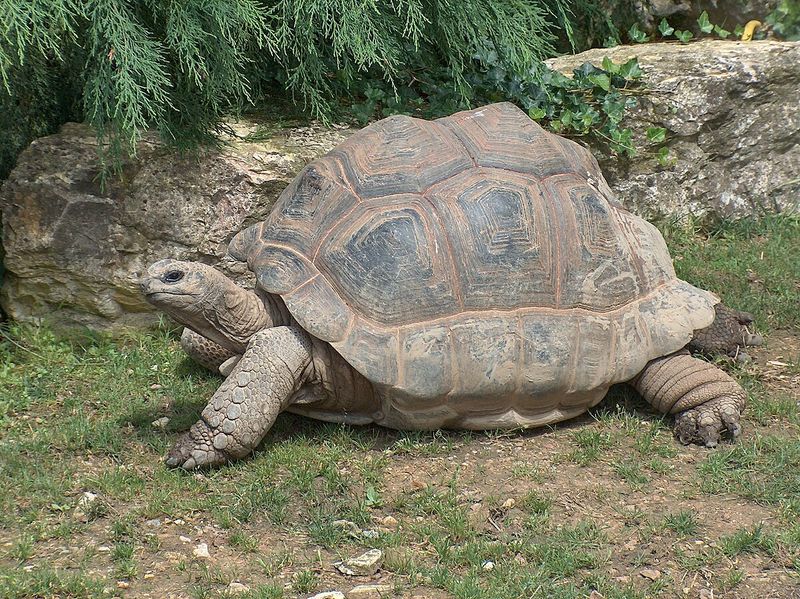
The Aldabra giant tortoise, native to the Aldabra Atoll, evolved from smaller tortoises. Over time, they became some of the largest tortoises in the world, adapting to isolated island life.
Their impressive size allows them to store water and withstand droughts, crucial for survival in their environment. This adaptation is a result of the lack of predators and competition.
Today, they symbolize the resilience and adaptability of species facing environmental challenges, thriving in unique ecosystems.
Polar Bear
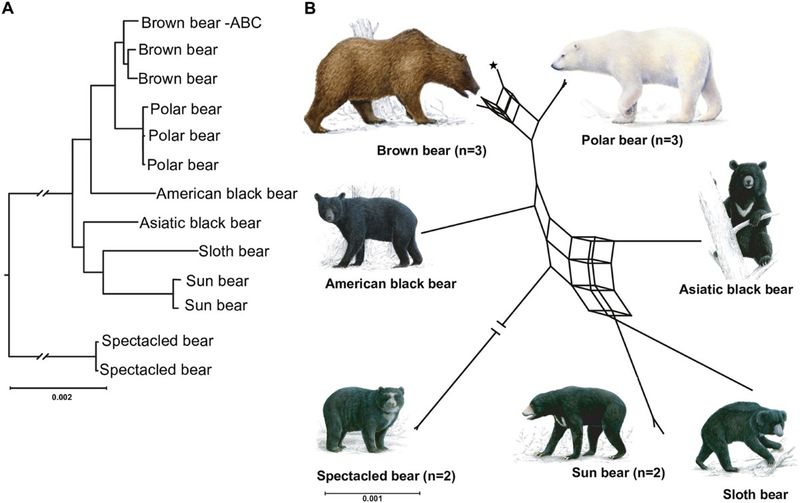
The polar bear, a master of the Arctic, evolved from brown bear ancestors. Over time, they adapted to the icy conditions, developing larger bodies and thick, insulating fur.
This size adaptation aids in maintaining body heat and allows them to hunt seals efficiently on the ice. Their evolution showcases the remarkable ability to thrive in extreme environments.
Today, polar bears are iconic figures of the Arctic, embodying the spirit of survival in one of Earth’s harshest climates.
Cave Bear

Cave bears, ancient relatives of today’s bears, were giants of the Ice Age. As herbivorous creatures, they adapted to the cold with large bodies to conserve heat.
Their size allowed them to store fat for long hibernations, a crucial adaptation for survival during scarce winter months. These bears once roamed across Europe, symbolizing the wildlife of prehistoric times.
Though extinct, cave bears remain a fascinating example of how species can grow in size to meet environmental challenges.
Moose
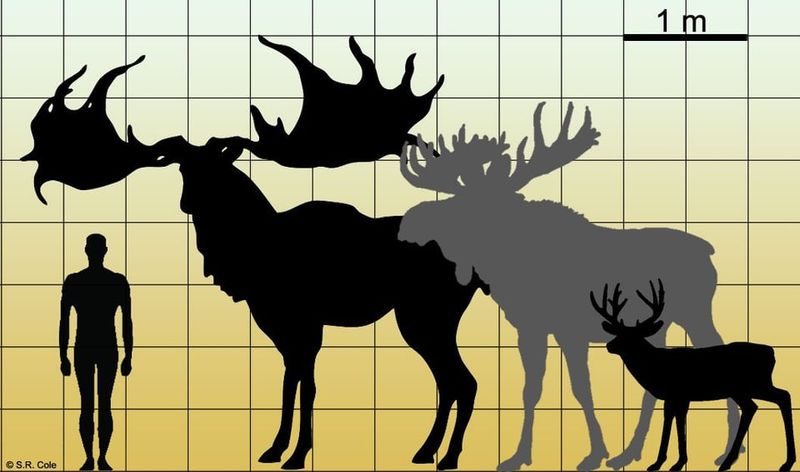
Moose, the largest members of the deer family, evolved from smaller deer-like ancestors. Over millennia, they grew larger, adapting to the forests and wetlands of the Northern Hemisphere.
Their size offers advantages such as reaching high branches for food and deterring predators. The moose’s evolutionary journey reflects its adaptation to diverse environments, from dense forests to open tundras.
Today, moose are admired for their grandeur and are integral to the ecosystems they inhabit, showcasing nature’s ability to adapt and thrive.

